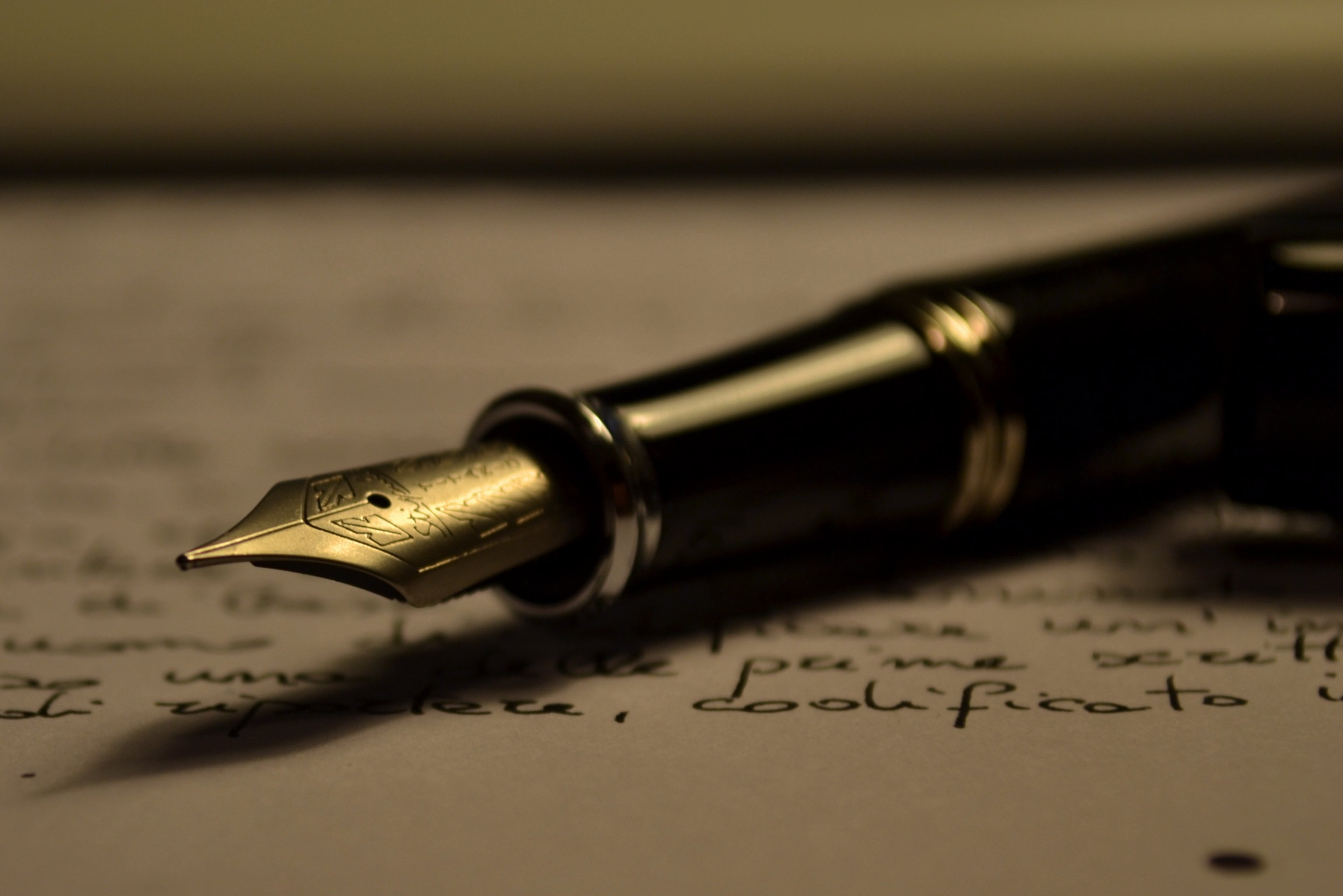
![]()
Author: Amy Guptill
Writing in College is designed for students who have largely mastered high-school level conventions of formal academic writing and are now moving beyond the five-paragraph essay to more advanced engagement with text. It is well suited to composition courses or first-year seminars and valuable as a supplemental or recommended text in other writing-intensive classes. It provides a friendly, down-to-earth introduction to professors’ goals and expectations, demystifying the norms of the academy and how they shape college writing assignments. Each of the nine chapters can be read separately, and each includes suggested exercises to bring the main messages to life.

Introductory composition with an emphasis on essay writing in common rhetorical styles
Composition I focuses on principles of writing, critical reading and essay composition using rhetorical styles common in college-level writing (narrative, example/illustration, compare/contrast, cause-and-effect, argument).
Robin Jeffrey, Klamath Community College
This writer’s reference condenses and covers everything a beginning writing student should need to successfully compose college-level work.
Asao B. Inoue, University of Washington Tacoma
In Antiracist Writing Assessment Ecologies, Asao B. Inoue theorizes classroom writing assessment as a complex system that is "more than" its interconnected elements.
Scott McLean, Arizona Western College
Business English for Success is a creative solution to a common challenge across Business Communication courses: Business English or Business Presentations? Some classes place an equal emphasis on oral and written communication. If that’s the case for you check out our text Business Communication for Success. If, however, your class places the emphasis squarely on written communication and writing proficiency, then Business English for Success is for you.
Chauna Ramsey, Columbia Gorge Community College
This is a collection of cumulative units of study for conventional errors common in student writing.
Martine Courant Rife, Lansing Community College
Shaun Slattery, DePaul University and the University of South Florida Polytechnic
The editors of Copy(write): Intellectual Property in the Writing Classroom bring together stories, theories, and research that can further inform the ways in which we situate and address intellectual property issues in our writing classrooms.
Roseanne Gatto, St. John's University
Tara Roeder, St. John's University
Critical Expressivism is an ambitious attempt to re-appropriate intellectual territory that has more often been charted by its detractors than by its proponents.
Randall Fallows, University of California Los Angeles
The reason why Randall Fallows wrote Exploring Perspectives: A Concise Guide to Analysis is simple: to help give students a better understanding of how to discover, develop, and revise an analytical essay. Here is how his 5 chapter book goes about doing just tha
Foundational Practices of Online Writing Instruction addresses the questions and decisions that administrators and instructors most need to consider when developing online writing programs and courses.
Amanda Stansell, University of California, Santa Barbara
Charles Bazerman, University of California, Santa Barbara
Chris Dean, University of California, Santa Barbara
Jessica Singer Early, Arizona State University
Karen Lunsford, University of California, Santa Barbara
Paul Rogers, George Mason University
Suzie Null, Fort Lewis College
The thirty chapters in this edited collection were selected from the more than 500 presentations at the Writing Research Across Borders II Conference in 2011.With representatives from more than forty countries, this conference gave rise to the International Society for the Advancement of Writing Research.
Nathan Shepley, University of Houston
In Placing the History of College Writing, Nathan Shepley argues that pre-1950s composition history, if analyzed with the right conceptual tools, can pluralize and clarify our understanding of the relationship between the writing of college students and the writing's physical, social, and discursive surroundings.
Melissa Tombro, The Fashion Institute of Technology
Teaching Autoethnography: Personal Writing in the Classroom is dedicated to the practice of immersive ethnographic and autoethnographic writing that encourages authors to participate in the communities about which they write. This book draws not only on critical qualitative inquiry methods such as interview and observation, but also on theories and sensibilities from creative writing and performance studies, which encourage self-reflection and narrative composition
Annemarie Hamlin, Central Oregon Community College
Chris Rubio, Central Oregon Community College
A textbook focusing on writing in the workplace, with an emphasis on audience analysis, writing for specific situations, document design, research processes, and visual aids
Mike Duncan, University of Houston-Downtown
Star M. Vanguri, Nova Southeastern University
In The Centrality of Style, editors Mike Duncan and Star Medzerian Vanguri argue that style is a central concern of composition studies even as they demonstrate that some of the most compelling work in the area has emerged from the margins of the field.
Steven D. Krause, Eastern Michigan University
The Process of Research Writing is a web-based research writing textbook (or is that textweb?) suitable for teachers and students in research oriented composition and rhetoric classes.
Carol Burnell, Clackamas Community College
Monique Babin, Clackamas Community College
Susan Pesznecker, Portland State University
Written by five college reading and writing instructors, this interactive, multimedia text draws from decades of experience teaching students who are entering the college reading and writing environment for the very first time.
In WAC and Second-Language Writers, the editors and contributors pursue the ambitious goal of including within WAC theory, research, and practice the differing perspectives, educational experiences, and voices of second-language writers.
Writing as Material Practice grapples with the issue of writing as a form of material culture in its ancient and more recent manifestations, and in the contexts of production and consumption.
Jasmine Roberts, Ohio State University
A practical writing guide for those interested in a public relations, marketing communication, or advertising career.
Writing for Success is a text that provides instruction in steps, builds writing, reading, and critical thinking, and combines comprehensive grammar review with an introduction to paragraph writing and composition.
Beginning with the sentence and its essential elements, this book addresses each concept with clear, concise and effective examples that are immediately reinforced with exercises and opportunities to demonstrate, and reinforce, learning
Amy Guptill, SUNY Brockport
Writing in College is designed for students who have largely mastered high-school level conventions of formal academic writing and are now moving beyond the five-paragraph essay to more advanced engagement with text.
Aparna Sinha, University of California, Davis
Chris Thaiss, University of California, Davis
Gerd Bräuer, University of Education
Lisa Ganobcsik-Williams, Coventry University
Paula Carlino, University of Buenos Aires
Emerging from the International WAC/WID Mapping Project, this collection of essays is meant to inform decision-making by teachers, program managers, and college/university administrators considering how writing can most appropriately be defined, managed, funded, and taught in the places where they work.
The Writing Spaces Web Writing Style Guide was created as a crowdsourcing project of Collaborvention 2011: A Computers and Writing Unconference. College writing teachers from around the web joined together to create this guide (see our Contributors list). The advice within it is based on contemporary theories and best practices. While the text was originally written for students in undergraduate writing classes, it can also be a suitable resource for other writers interested in learning more about writing for the web.
Dr Charlie Lowe, Grand Valley State University
Dr Pavel Zemliansky, James Madison University
Volumes in Writing Spaces: Readings on Writing are collections of Creative Commons licensed essays for use in the first year writing classroom, all written by writing teachers for students.
Dr. Charlie Lowe, Grand Valley State University
Dr. Pavel Zemliansky, James Madison University
Volumes in Writing Spaces: Readings on Writing are collections of Creative Commons licensed essays for use in the first year writing classroom, all written by writing teachers for students.


Introduces students to the writing process as a means of developing ideas into clear, correct, and effective writing. Lumen Learning